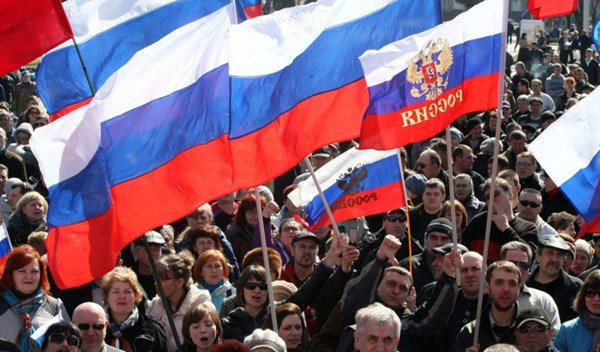Russian population shrinking at 11-year record rate
Russia is continuing to tumble into the demographic abyss. Between January and August, the natural population loss accelerated by a further 30%, the Russian Federal State Statistics Service (Rosstat), announced on Thursday.
Over eight months, 994,300 people were born and 1.21 million died. Although mortality fell (by 33,700 people), the birth rate declined more than two and a half times faster (by 83,900 people).
Overall, the number of deaths exceeded the number of births by 20%. In 32 of Russia’s federal subjects, this disparity was as much as 50-110%.
In eight months, the country lost 219,200 people due to natural loss, 50,100 more than during the same period last year. Consequently, the government’s annual demographic prediction, according to which the natural loss was meant to stabilize (at 219,000 people), had already been surpassed by the start of September.
This forced the Ministry of Economic Development to degrade its prediction. According to the department’s revised assessment, the population decline rate this year will be 284,400, a record since 2008. Russia has only recorded greater declines during the period between the mid 1990s and the mid 2000s, when the mortality rate exceeded the birth rate by 500,000-600,000 people per year.
The immigration rate more than doubled this year to 166,700 people, Rosstat notes. But it has been unable to fully compensate for the natural decline. As a result, over eight months the population shrank by 55,200 people (to 146.7 million).
The populations of 69 out of Russia’s 85 federal subjects are continuing to die out. In one in nine, the situation is close to a full-fledged demographic catastrophe: Between 1989 and 2017, 10 regions lost more than 20% of their inhabitants.
Among Russia’s federal subjects, the population shrank by 34% in Murmansk, 31% in Sakhalin, 26% in Arkhangelsk, 24% in Pskov, 24% in Amur, 24% in Kirov, 22% in Ivanovo, 22% in Tver, 21% in Tambov, 20% in Kostroma, 18% in Smolensk, 16% in Vladimir, 16% in Ryazan, 15% in Oryol, and 14% in Yaroslavl, wrote Yakov Mirkin, head of the Department of International Capital Markets at IMEMO.
In conditions lacking prospects, where nearly 20 million people live below the poverty line and one in three earns less than 15,000 rubles (around $234), people are reluctant to have children, despite exhortations from various politicians, including the president, to be fruitful.
The coefficient of first childbirths per woman, a key indicator of the birth rate, is continuing to decline, and by the end of 2018 it was at 0.66 children per woman, a 20-year low, observes Tatyana Maleva, director of the Social Analysis and Prediction Institute at RANEPA (Russian Presidential Academy of National Economy and Public Administration under the President of the Russian Federation ).
At the same time, the coefficient of the second childbirth per woman is also declining. The birth rate is only growing in families with many children: the coefficient for third and subsequent births grew from 0.31 to 0.33 in 2018.
People are delaying having their first child, which means that there are less and less reasons to expect a universal family model in Russia with “even one child”, Maleva observes. “Two fundamental factors can be the basis of such a dynamic. The first births are affected by the
economic recession, including the decline of the population’s real incomes since 2014, as well as, potentially, the change of the generations at the age of maximum reproductive activity.”
